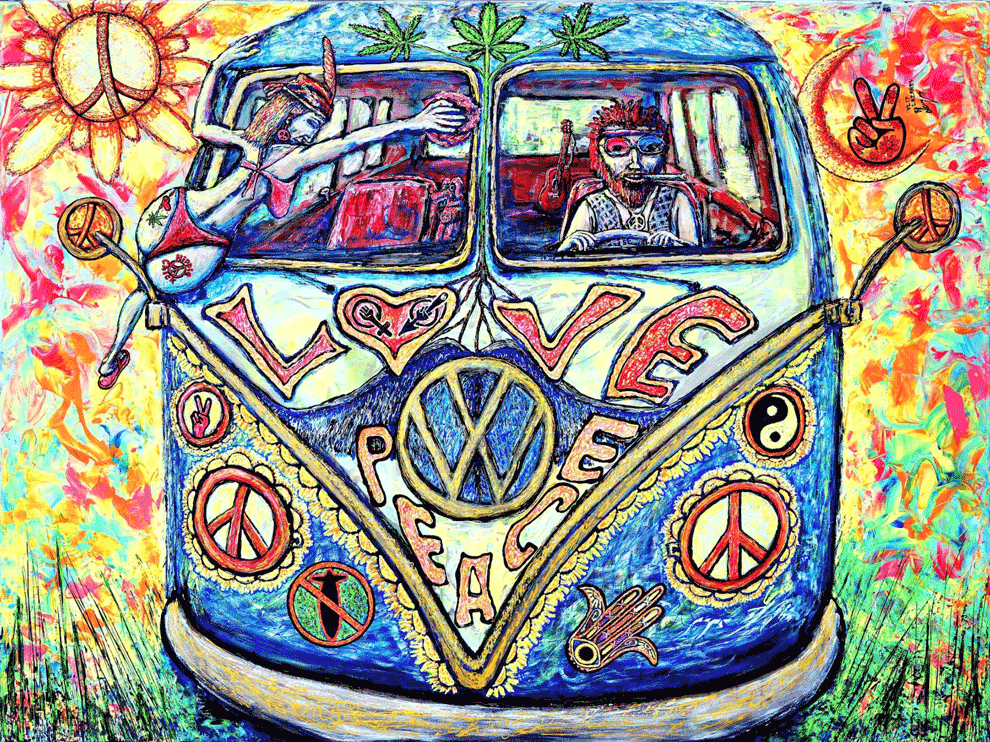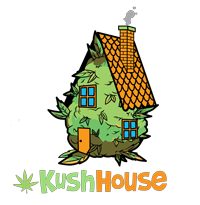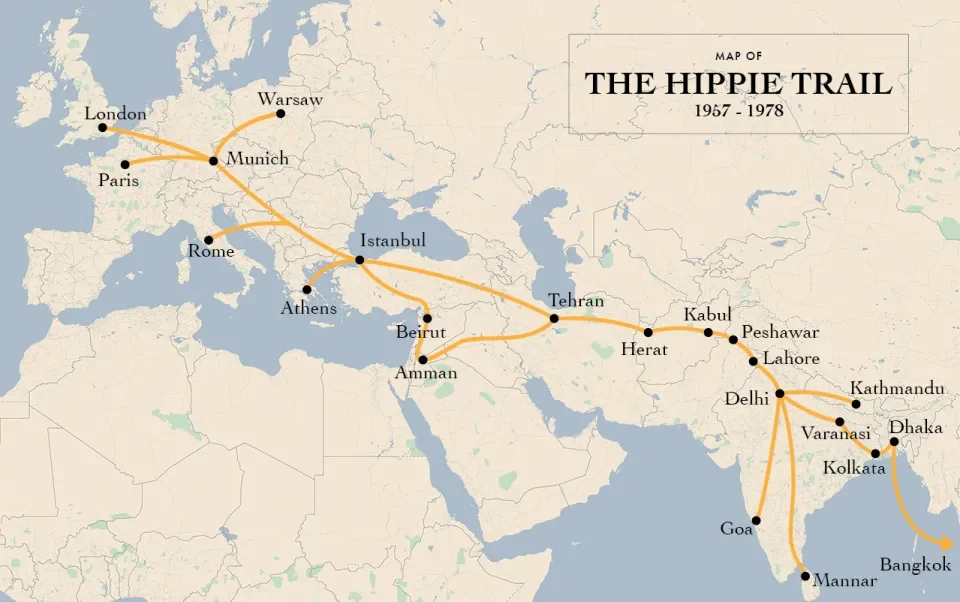
The Origins of the Hippie Trail.
In July of 1967, an article in Time magazine titled “Hippies on the Hashish Trail” was published.
The idea of the “mystic east” was gaining popularity, and when. The Beetles visited India in a blaze of publicity in 1968, the number of young people leaving Western Europe to travel on their own started to skyrocket.
And they did not all hail from Europe. Participants from the United States and Canada travelled across the Atlantic Ocean to take part in the event. Participants from Australia and New Zealand came from a strong backpacking culture and found the trip easy either way. There were people of every Western nation’s nationality there.
They left for a variety of different reasons; some were looking for spiritual enlightenment, some saw prospects for wealth, others were running away from a strict and traditional lifestyle (or the draught), and others just wanted to see more of the world.
They all had a feeling of adventure, but not all of them could be classified as “hippies.” Many of them just wanted to explore the path to the east, and the ancient saying that travel may enlarge one’s thinking often holds true.
The Hippie Trail got its name from the young people with long hair that travelled it, and the fact that it led to the main hashish-producing centres of the globe was the defining characteristic of the Hippie Trail. The Hippie Trail began in the late 1960s and continued far into the 1970s.
The majority of people who smoked marijuana in the 1960s were aware of the country names Lebanon, Afghanistan, Kashmir, and Nepal. Still, they understood very little more about the nations from whence their preferred plant came. However, for the better part of fifteen years, they embarked in their hundreds on a search for it.
To a large extent, the course of the Hippie Trail began in Istanbul since this city was the location at which all highways coming from Europe intersected. From there, the most direct path ran directly through Turkey; nevertheless, some travellers continued south into Lebanon, which was the primary hashish producer in the Middle East at the time.
After leaving Turkey, the Hippie Trail went on via Iran, which at the time was a secular nation ruled by the Shah, and then on to Afghanistan, which was the first significant stop along the path.
It was where non-natives were given a warm welcome and where a significant section of the native people smoked hashish for recreational purposes. A few of them did not continue.
After leaving Afghanistan, the path took numerous different turns. After entering Pakistan, one might go north towards Swat and Chitral, but Still, the bulk of people went around Pakistan and entered India, from whence a journey up to Kashmir was an instant alternative for cannabis enthusiasts. Kulu and Manali, located in Northern India, were another favourite destination for “hippies” and another centre for growing hashish.
When the weather became colder, the majority of “hippies” would go south to the beaches of Goa, which always had hashish accessible.
But there were other times when the Hippie Trail terminated in the highlands of Nepal. Up until 1973, these mountains were home to a large number of hashish stores that sold the drug legally, and after 1973, it was not difficult to get some of the best hash in the world in these mountains.
Kush house relives some of the ethos of those days by offering some of the best flowers available in Bangkok. These days to experience some of the best ‘Kush’ in the world, you no longer need to trek across an entire continent on a magic bus, you can simply pop down to Sukhumvit Soi 22, where the legend lives on…


